Acoels have been found to host a wide diversity of symbiotic, photosynthetic microalgae.
Tag: microalgae
Dissecting the Ecology of Microalgae and Bacteria across Time and Space
Microalgae play an important role in the Earth’s climate, converting carbon dioxide into solid carbon. This research sought new ways to study these microalgae and their associated bacterial communities across time and space. The researchers created a new co-culture method called a “porous microplate” that passes nutrients and molecules associated with metabolism between culture cells while blocking physical contact between algae in adjacent wells.
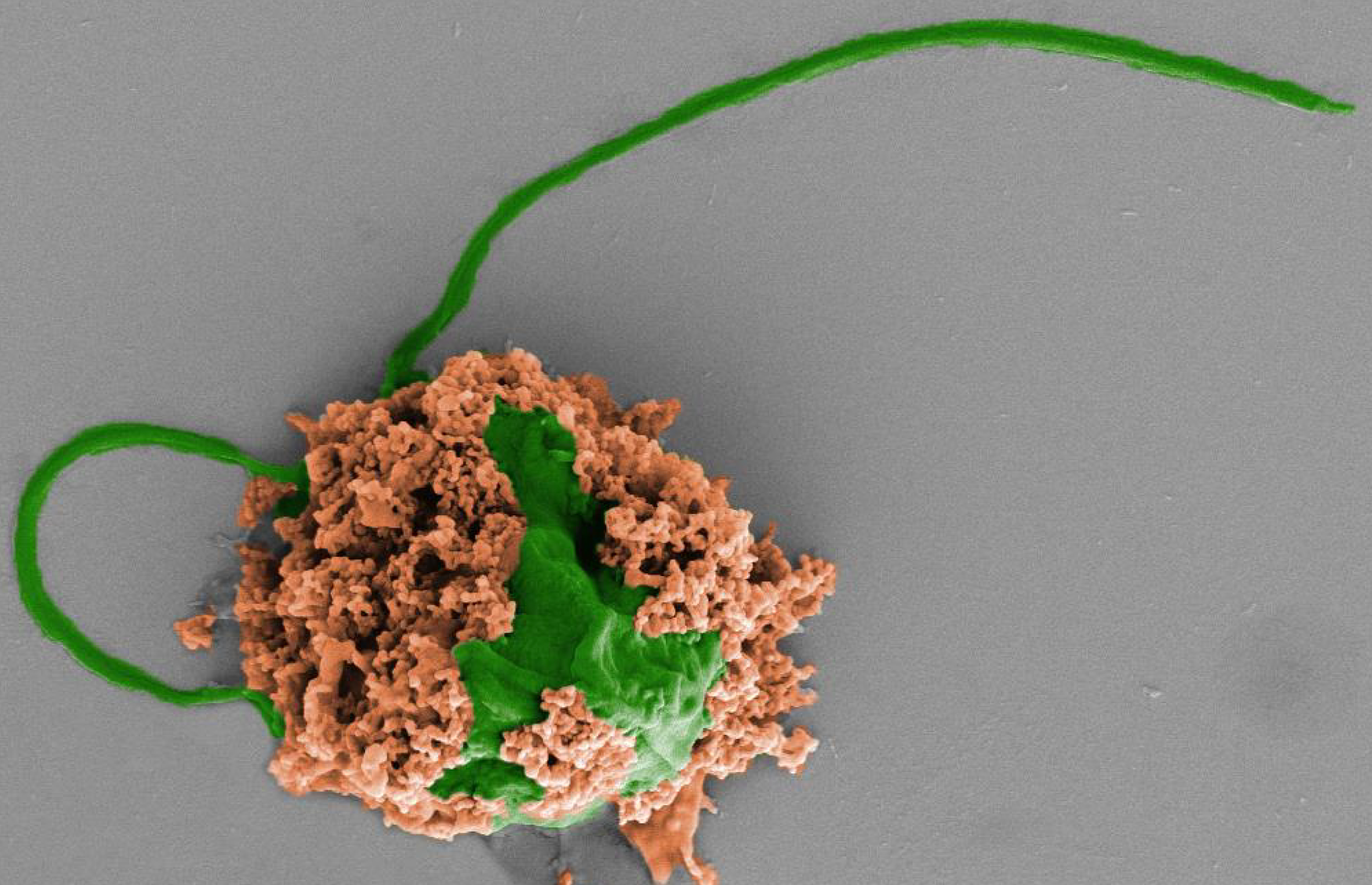
Tiny swimming robots treat deadly pneumonia in mice
UC San Diego engineers have developed microscopic robots, called microrobots, that can swim around in the lungs, deliver medication and be used to clear up life-threatening cases of bacterial pneumonia. In mice, the microrobots safely eliminated pneumonia-causing bacteria in the lungs and resulted in 100% survival. By contrast, untreated mice all died within three days after infection.
Cities of the Future May Be Built with Algae-Grown Limestone
Global cement production accounts for 7% of annual greenhouse gas emissions in large part through the burning of quarried limestone.
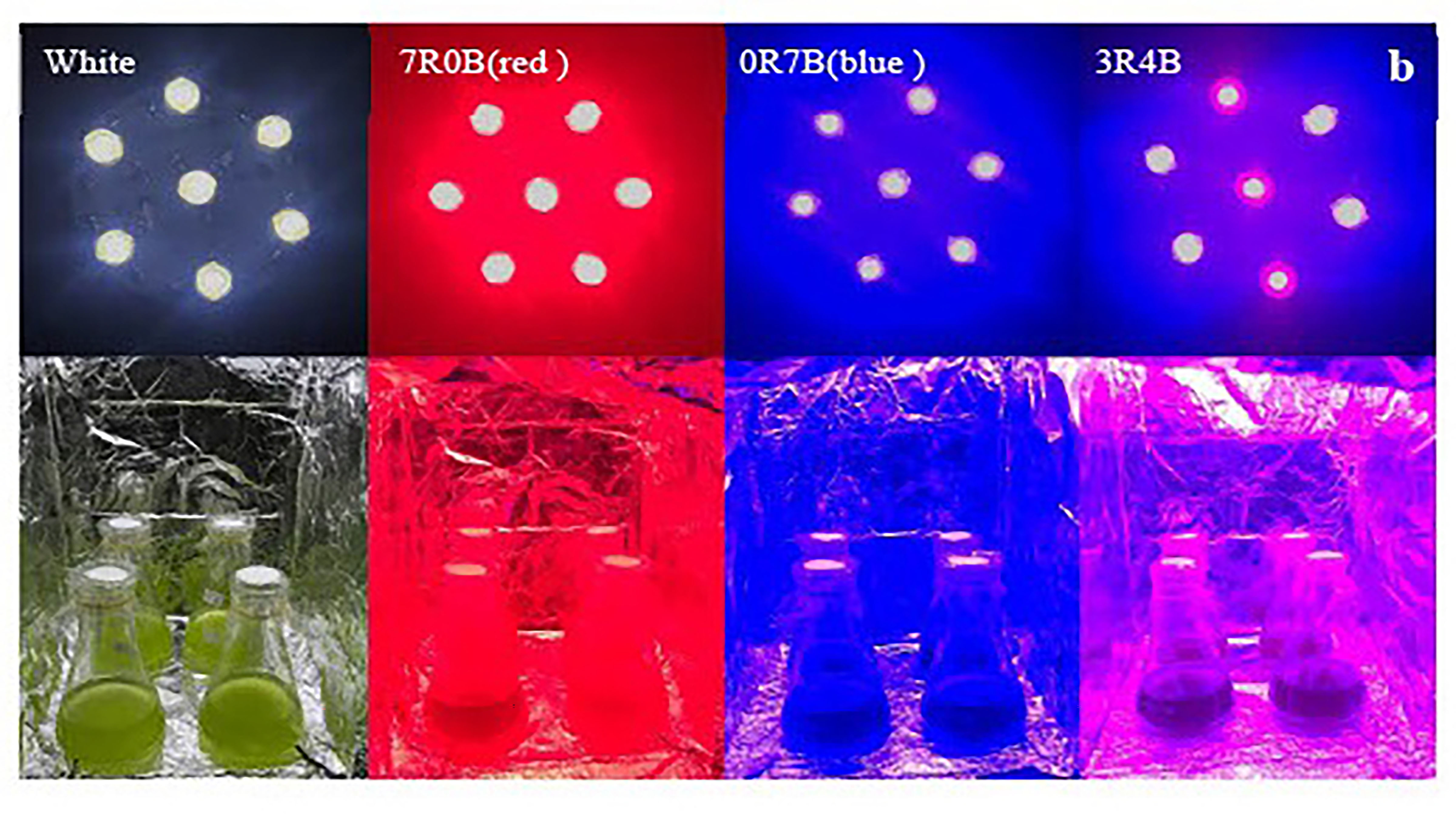
Shining, Colored LED Lighting on Microalgae for Next-Generation Biofuel
As biofuels continue to present challenges, microalgae are gaining momentum as a biofuel energy crop. In the Journal of Renewable and Sustainable Energy, researchers show how a combination of monochromatic red and blue LED illumination on one type of microalga can enhance its growth and increase the biosynthesis of critical components, such as lipids, for microalgae feedstock development. The researchers focused on Dunaliella salina, typically extracted from sea salt fields and found in salt lakes.
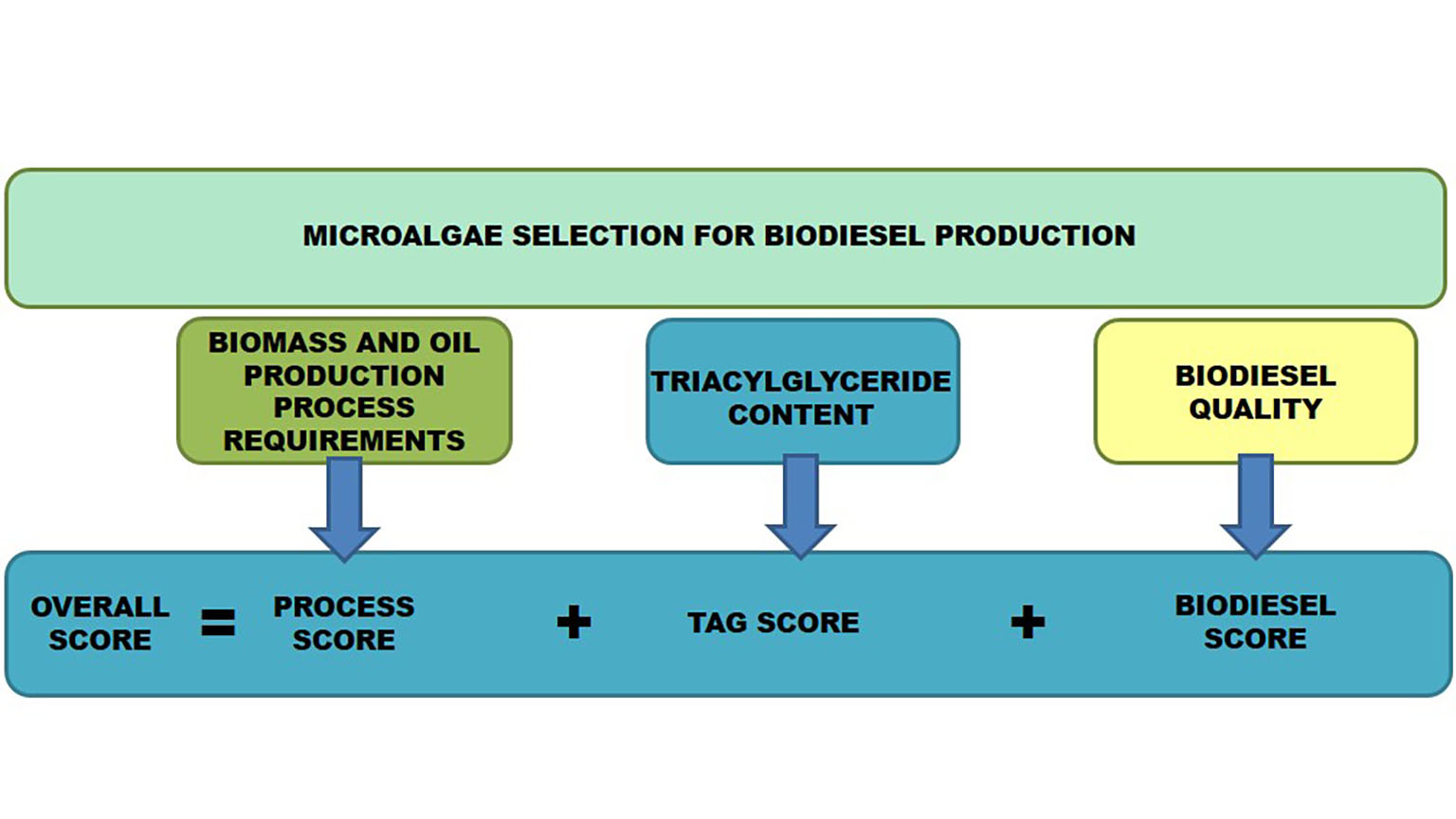
Selecting Best Microalgae for Biodiesel Production
Microalgae are a promising source of energy to replace fossil fuels, as they have several advantages over conventional crops used for commercial biodiesel. Microalgae have a shorter lifecycle and they can be developed in environments unfit for agriculture. In the Journal of Renewable and Sustainable Energy, researchers developed a methodology to analyze different species to select the best microalgae for use as an energy source by taking into account biological, economic, and environmental aspects.
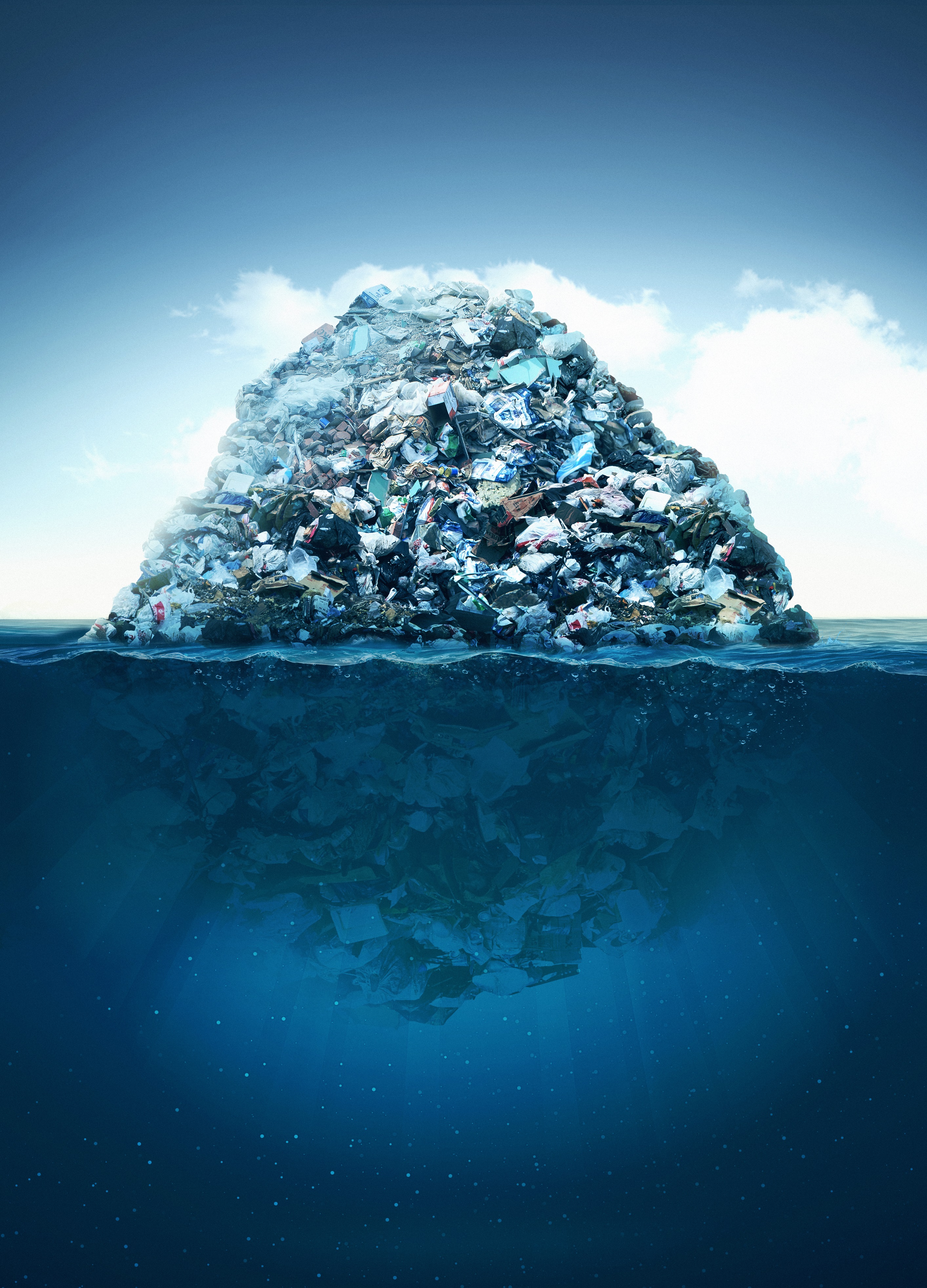
Study First to Tally Biomass from Oceanic Plastic Debris Using Visualization Method
Scientists examined cell abundances, size, cellular carbon mass, and how photosynthetic cells differ on polymeric and glass substrates over time, exploring nanoparticle generation from plastic like polystyrene and how this might disrupt microalgae. Conservative estimates suggest that about 1 percent of microbial cells in the ocean surface microlayer inhabit plastic debris globally. This mass of cells would not exist without plastic debris in the ocean, and thus, represents a disruption of the proportions of native flora in that habitat.
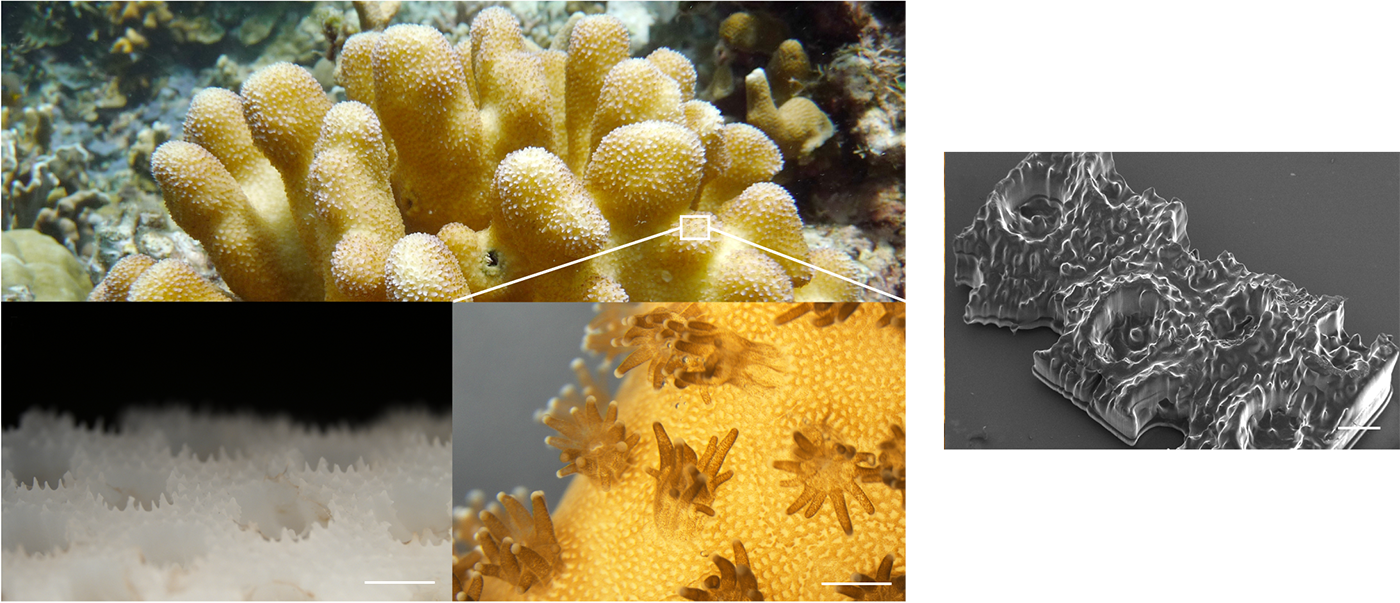
3D printed corals provide more fertile ground for algae growth
Researchers have 3D printed coral-inspired structures that are capable of growing dense populations of microscopic algae. The work could lead to the development of compact, more efficient bioreactors for producing algae-based biofuels, as well as new techniques to repair and restore coral reefs.